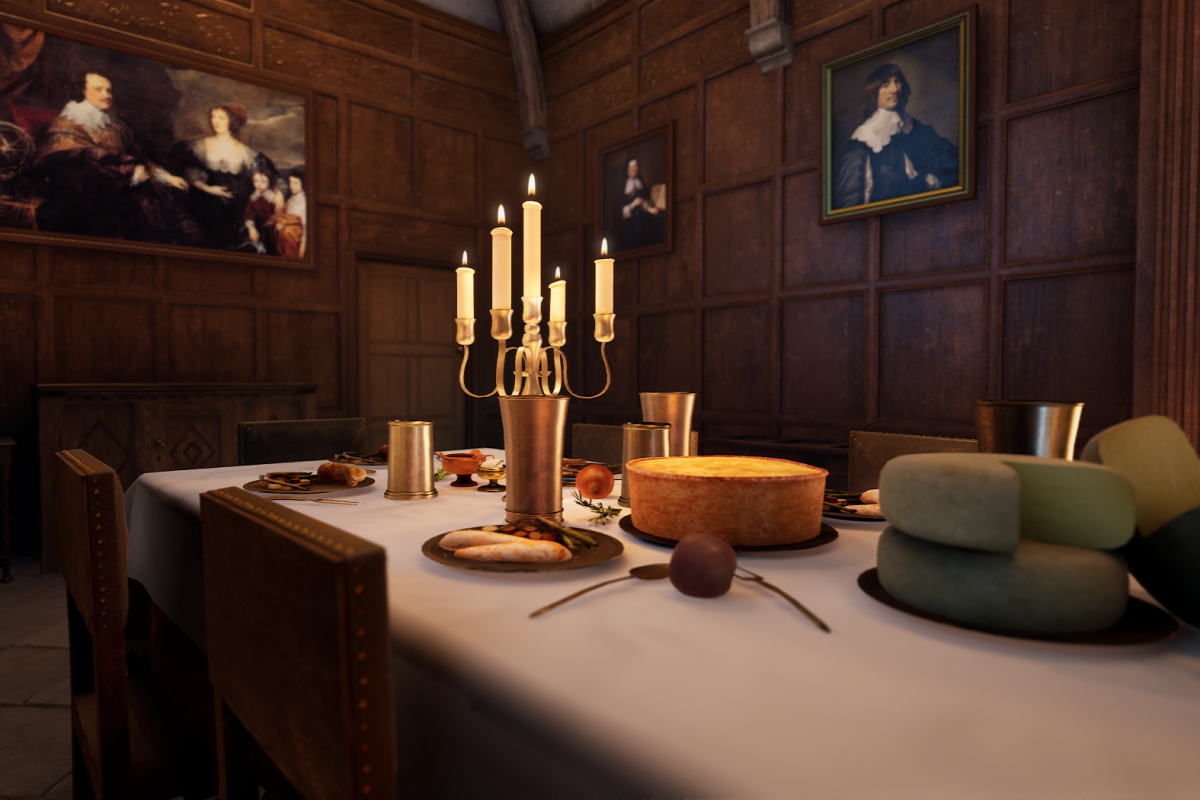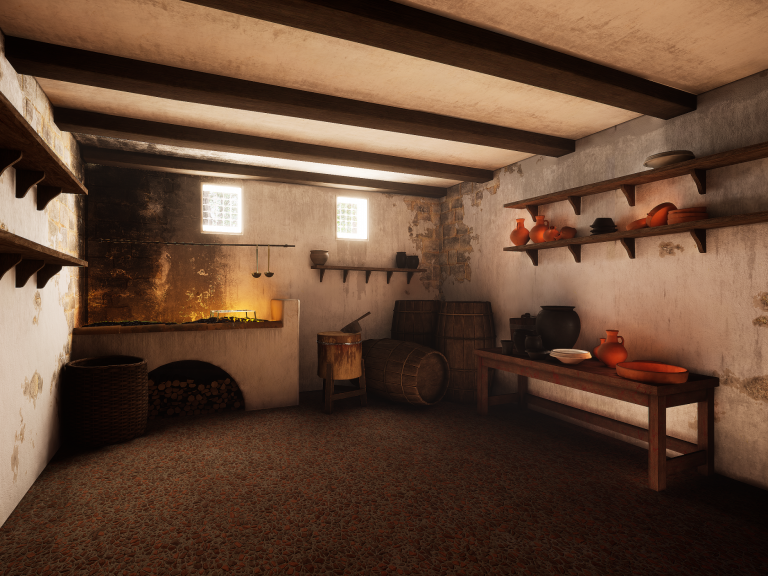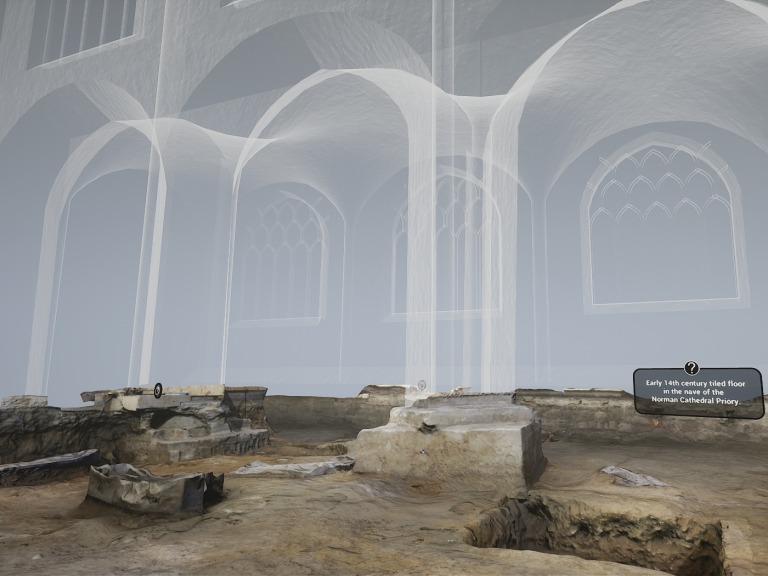Working with LM on behalf of HS2, Wessex Archaeology were commissioned to undertake excavations at Coleshill, Warwickshire. The Coleshill site provides a rare opportunity to investigate an integrated manorial landscape from its earliest origins into the 20th century.
Both the archaeological and community engagement work undertaken along the route of HS2 are guided by the Historic Environment Research and Delivery Strategy (HERDS) which has, at its heart, the desire to engage a broad range of audiences with the historic environment works. Key to delivering this strategy is engaging audiences within the vicinity of the route, who may not physically be able to access an archaeological site or museum.
Coleshill Manor House
The excavation results at Coleshill have revealed well preserved ornamental gardens of national significance, an unusual octagonal moat and some of the medieval and Elizabethan structures belonging to the former manor, Coleshill Hall.
These results offer a tantalising glimpse into the past and so the desire to create heritage interpretation that was an immersive interactive experience which made the archaeology accessible and approachable for participants was the catalyst for building our Great Hall virtual reality experience.



The Great Hall
The Great Hall would have been the central hub of the manor where the Lord and Lady would have held court, received guests and even held dinner parties. Initially a medieval manor house, the Elizabethan phase of Coleshill Hall and later building alterations were best represented in our archaeological excavations and so we focussed on re-creating the Great Hall from the 1640's at the time of the Civil War.
To help enhance our understanding of the archaeological results, our Heritage team also undertook research, utilising historical records and contemporary similar manorial complexes in the region. Our Studio 3D environment artists were then able to re-create the Great Hall based on the archaeological evidence and historical facts.
The above video output from the virtual reality was used in our popular webinar series. One of the webinar participants sent in some additional information in the form of an etching showing the gallery after it had fallen into disrepair, just before the hall was demolished c.1810. This etching helped us fill in some of the gaps in our knowledge and provided the evidence to allow us to improve and update the heritage interpretation, adding in the arcade of the screens passage and leaf decoration to the wooden paneling.
Bringing the Past to Life
Through our virtual reality experience, participants can explore the Great Hall’s large and welcoming fire, gaze up at the minstrels gallery and look on at the gout- inducing feast laid before you. Participants can experience what it felt like to sit inside this magnificent hall and gain a greater understanding of the archaeological resource that helped re-create it. Our virtual reality environments are based on archaeological evidence and historical facts, recreating environments that feel like real, lived-in places that tell the stories of the family and people that inhabited them.


The Great Hall virtual reality experience is designed to be used as a multimodal engagement learning resource which delivers virtual access to archaeological sites and heritage resources. This resource will be taken to events and engagement sessions by our community and educational team, to deliver heritage to hard‐to‐reach communities and individuals including disadvantaged populations, economically challenged areas and ‘inner city’ audiences.
Virtual reality experiences make a highly accessible heritage resource, increasing community involvement and providing a legacy to inform and inspiration the next generation.







